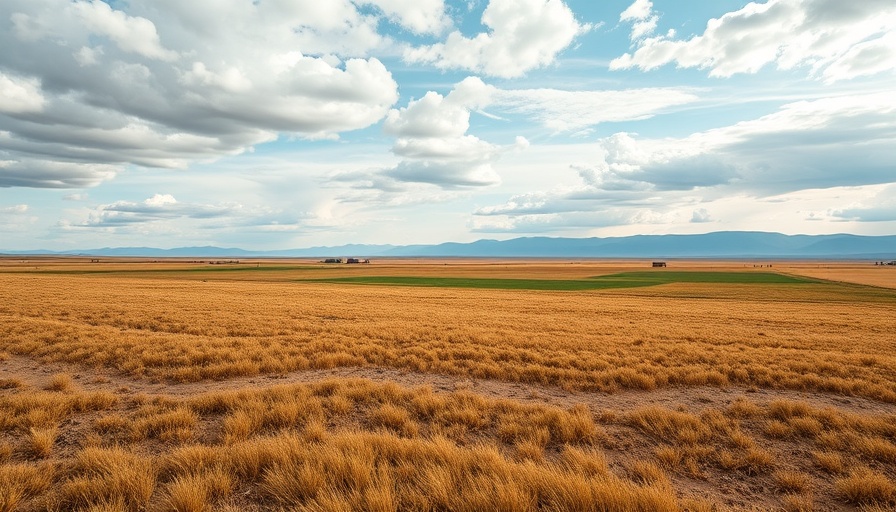
Embracing Sustainable Travel: A Path for the Caribbean
As parents, ensuring a better future for our children is a top priority. With the Caribbean being a popular travel destination, it’s crucial to consider the impact of our vacations on its beautiful landscapes and the local communities. The recent webinar hosted by Sustainable Travel International sheds light on the measures being implemented in St. Kitts to reduce carbon footprints in tourism.
Understanding Carbon Footprint in Travel
But first, what is a carbon footprint, you ask? In simple terms, it’s the total amount of greenhouse gases, particularly CO2, that our activities produce, usually measured in equivalent tons of CO2. When we travel, everything from the flights we take to the hotels we stay in contributes to this footprint. Isn't it delightfully paradoxical that the very act of enjoying nature can lead to its deterioration? That’s why understanding and reducing our carbon footprint as tourists is vital.
St. Kitts: Pioneering Sustainable Tourism Practices
St. Kitts, where tourism drives the economy, is taking proactive steps toward sustainability. Collaborating with the local government, Sustainable Travel International is developing a Tourism Climate Action Plan aimed not only at preserving the local ecosystems but also at enhancing community welfare. Families visiting this tropical paradise can now enjoy their holiday knowing valuable efforts are being made to combat climate change.
Tools for Measurement: Empowering Stakeholders
During the webinar, insight was shared on innovative carbon measurement tools designed for tourism stakeholders. These tools allow destinations to assess their carbon emissions, make data-driven decisions, and take decisive action towards net zero targets. Paloma Zapata, CEO of Sustainable Travel International, emphasized the importance of these tools as vital steps for any destination aiming to uphold sustainable travelling practices.
Aligning with Global Commitments
The Caribbean's initiative also aligns with global climate commitments, such as the Paris Agreement. This collaboration is significant because it links local action to international expectations, holding regions accountable for their environmental impact. The Paris Agreement urges all nations to pursue efforts to limit global warming, and what better way to contribute than enhancing sustainable practices in tourism?
A Real-World Perspective from St. Kitts
Diannille Taylor-Williams, a local partner in St. Kitts, presented real-world applications of the Climate Action Plan. Families visiting the island can get engaged through eco-friendly tours, community-submitted experiences, or volunteer opportunities that strengthen bonds with the locals. Children have the chance to learn about environmental preservation while having fun. Talk about a win-win!
Future Predictions and Opportunities
With tourism returning in full swing post-pandemic, the focus on sustainability is more crucial than ever. As families re-emerge from the travel hiatus, there’s a golden opportunity for the Caribbean to shine as a leader in sustainable travel. As families choose destinations that prioritize planet preservation, St. Kitts could become the poster child for responsible tourism.
Call to Action: Travel Responsibly!
Parents, when planning your next family vacation, consider supporting sustainable travel agencies that advocate for eco-friendly options. Explore the initiatives being taken in places like St. Kitts where your travel dollars are directly supporting environmental and community projects. You can create joyful memories while making a positive impact on the planet.
Conclusion: A Call for Collective Action
Understanding and reducing carbon footprints in travel not only benefits destinations but saves our beloved ecosystems for future generations. As parents, making small conscious choices in how we travel—like prioritizing sustainable lodging or local experiences—can lead to a substantial impact over time. Together, let's champion the importance of sustainable travel for the sake of our children and the planet.
 Add Row
Add Row  Add
Add 




 Add Row
Add Row  Add
Add 

Write A Comment